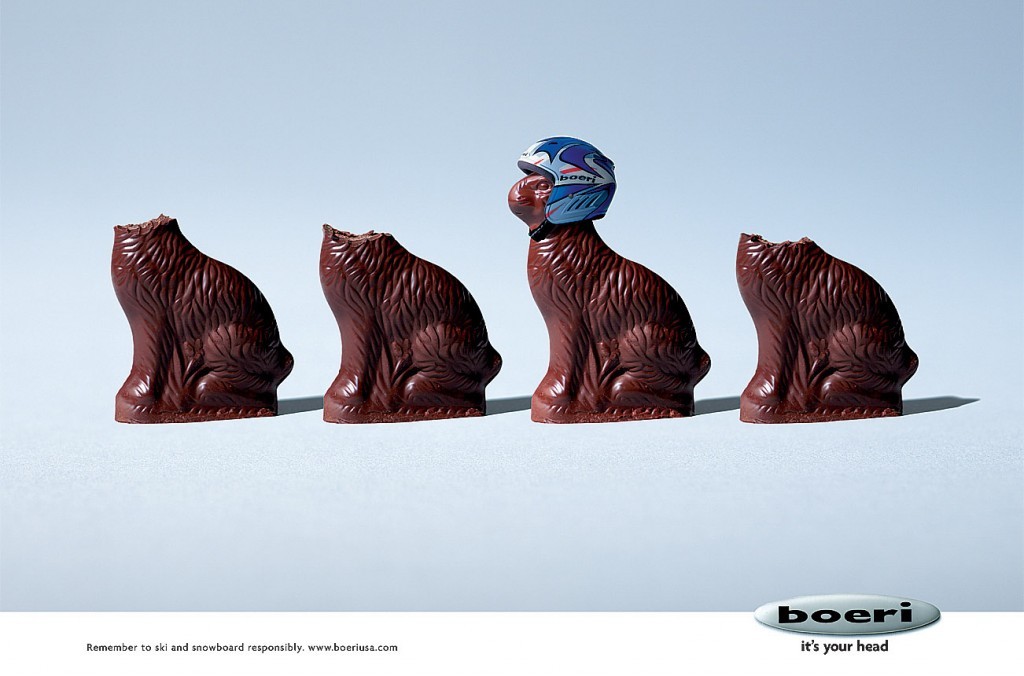You have found the ideal domain and the best hosting for your business. You have selected the proper associates and you have managed to make your product or service competitive. So far, so good! But what happens with advertising? In order to go the extra mile, you know very well that advertising should be implemented in your strategy in a powerful way. How will you make it to advertise your business successfully? How will you manage to convey an advertising message that your potential customers will not pass by, but rather remember for a long time?
We hope to give answers to these questions, discussing about a model we didn’t know existed till we attended an online course on Viral Marketing, in the context of our continuous training here at Papaki.
This model is called S.U.C.C.E.S. and is developed in the book under the name “Made to Stick”, inspired by Chip Heath & Dan Heath. In essence, S.U.C.C.E.S. consists of secrets that can make any message stay imprinted in the memory of the recipient. This model applies to every single idea, but we will focus on the part of advertisement and branding since we consider this to be the most interesting perspective for you.
So shall we go ahead and see the 6 principles that may turn your advertisements unforgettable and therefore successful?
1. Simple: Speak simply!
Think of the one and only important piece of information that you would want recipients to remember and base your advertisement on that! Try not to “squeeze in” 10 different pieces of information to the limited space and time of an advertisement, because these will definitely go to waste. Use simple language and create an advertisement, keeping in mind that this is indeed the “appetizer”. Does it intrigue the potential customer to learn more? If yes, then you are on the right path. A fine example is that advertisement from Apple that has all the above:
https://www.youtube.com/watch?time_continue=1&v=E98Eyl5Et0w
2. Unexpected: “No” to predictability
What would somebody expect from an advertisement of products or services similar to yours? Certainly, you know the answer! So if you wish to make the difference, stay away from that and anything predictable. The recipient will remember much more easily something that had taken him by surprise or something that he had not seen coming from you! But be careful not to be repetitive and of course, always speak the truth. A surprise is… a surprise only for the first time.
3. Concrete: Clear messages
Abstract concepts do not bring the desired results! Find the way to clearly and specifically express what you want. Use examples from daily life or sensory information, create images in the recipient’s mind! This is how you’ll assist your audience to comprehend your message right away.
Boeri company that manufactures and sells helmets for skiers, does all the above. In order to succeed in expressing the certainty that their helmets are effective and protect users, they do not use the words we have just used and are quite common. On the contrary, they go with powerful images like this one:

4. Credible: Do not leave any doubts
It is important to convince the recipient that your message is credible. To that end, you may find help in statistics, testimonials, successful customers (Amazon prefers our products, for instance), free trials offers. If you can, give the recipient a chance to see for himself the credibility of the message!
5. Εmotion: Add it in the mix
What kind of emotion would you like to cause to the recipients of your advertising message? Is it sorrow, anger, joy, optimism, enthusiasm? Whatever it might be, invest in that. To that end, the technique of the three “whys” will help you out. To put it simply, ask again and again yourself why. It is most likely that you will want to stop after the first question, but with a little piece of effort you will get where you need to.
For example, if you were Google, this technique would be applicable: Why does somebody use Google search? To find information. Why find information? Because he wants to do something. Why does he want to do something? Because he wants to be kept in touch the people surrounding him and make their life better. This is where the core of your message is found, in the third answer!
6. Stories: Share stories
The last “S” corresponds to “stories” because this is a very effective way to make your messages unforgettable. Use stories that incorporate all of the above! A great story is imprinted in your memory, inspires the recipient and most likely motivates him to act! This is exactly why you need that. Add some mystery, let the viewer predict or direct a question to him. In addition, you can try to present problems along with their solutions.
So this was S.U.C.C.E.S., model, which you can use as a test, every time you prepare a new advertisement. Is it simple? Is it predictable? These questions will ultimately lead you to the best possible outcome. Good luck!





Join the Discussion